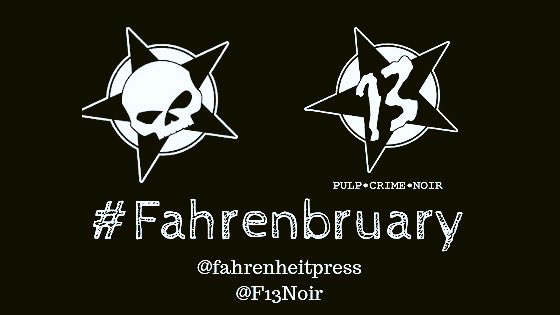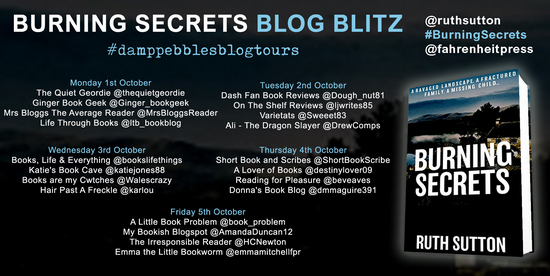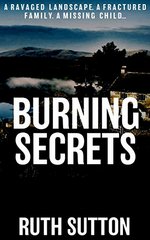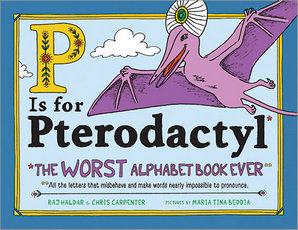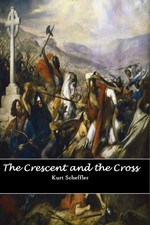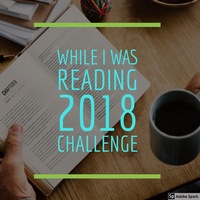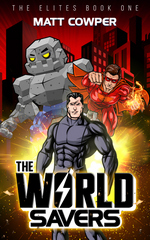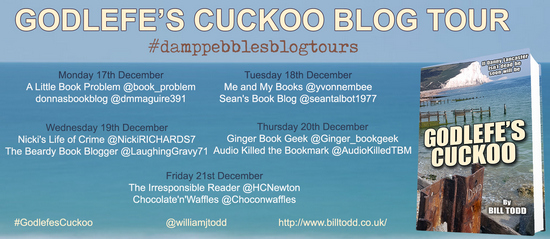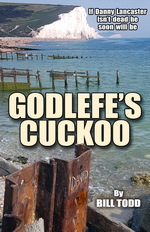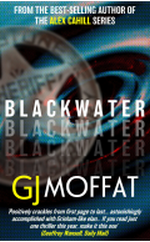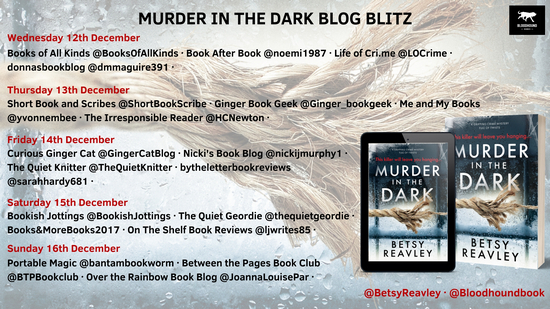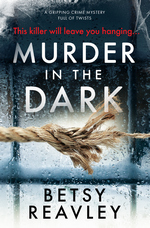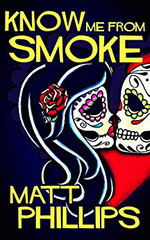 Know Me from Smoke
Know Me from Smoke
Kindle Edition, 193 pg.
Fahrenheit 13, 2018
Read: November 15 – 16, 2018

If you’re looking for an example of noir — in the classic sense — look no farther than Matt Phillips’ Know Me from Smoke. You can tell that’s going to be the case from the opening paragraphs. The first chapter builds on those first three or four paragraphs and sets the atmosphere, the mood, the tone for the rest of the book — and pretty much casts a spell on the reader, too. The second chapter — where we meet our second protagonist firms that up, and from there Phillips builds on this foundation to deliver a book that will stay with you long after you’re done with it.
But let’s step back from that for a minute — we begin by meeting Stella Radney. She’s in her mid-40’s, a lounge singer, and a widow still grieving her murdered husband twenty years after his death. During the robbery that left Virgil dead, Stella was shot as well and the bullet’s still in her hip — a constant reminder that her loss and pain are physical as well as emotional. Both pains seem a bit fresher in the beginning of the book because Stella’s been informed that new DNA technology (unavailable 20 years ago), has led the DA’s office to reopen the case and they hope to have an arrest soon. Stella’s feeling a little raw, hanging on only by more alcohol than is probably good for her and losing her self regularly in the music she performs.
Royal Atkins is a free man, a man with a second chance — a convicted killer released on a technicality and determined to make the best of his second chance. Sadly, a couple of men at his halfway house decide that the best thing for Royal would be to join them and pull a few stickups — and a few other forms of robbery as well. Royal resists — but it’s as clear to him as it is to the reader that this won’t last.
Stella and Royal meet and the chemistry is instantaneous. The chapter where they meet for the first time is possibly the best chapter I’ve read this year — just magic. For obvious reasons, Royal edits the personal history he tells Stella, and his associates from the halfway house use this to blackmail him into going along with them. He’s trying to build a new life, she’s trying to rebuild her life, and neither of them want to be alone in the process.
So we get to watch the growing love story of Stella and Royal, Royal’s history being used against him, the crime spree, and the certainty that this is going to all going to come to a messy end. A little before the halfway point, I put in my notes, “if I stop, some broken people get to live a decent life. If I read another chapter or two, everything will fall apart and lives will be ruined. So tempted to walk away from it.” I really was — I liked these two so much, I wanted to let them have this chance.
But there was no way I was going to stop, Phillips’ prose was too good to abandoned, and I had to see what actually happened to these characters (no matter how inevitable the end seemed). Seriously, I’d have kept reading just so Stella could think about her relationship to music and songs some more — those sections of the book are practically poetry.
There’s conversation between a couple of characters about Pulp Fiction — and Tarantino’s work feels appropriate to this book. But not that movie. Jackie Brown is the movie that this feels like. Maybe the novel, too, but I haven’t read Rum Punch. They’re both from the same species of sweet, second-chance at love story in the middle of a story of crime, criminals and ex-cons.
This is going to go for my entry for “Read a book you chose based on the cover” in the While You Were Reading challenge — it’s not entirely true, but the cover is fantastic and got me to read the blurb a few times, so it’s close enough.
I love that title, too.
There’s just so many things that are right about this book, and so little that’s wrong. This is a winner — it’ll grab you by the heartstrings, will pull you along through the highs and lows of this story, and only let you go some time after you finish (I’m not sure how long that effect will last, but it’s been almost a week and it really hasn’t let go yet).
—–



